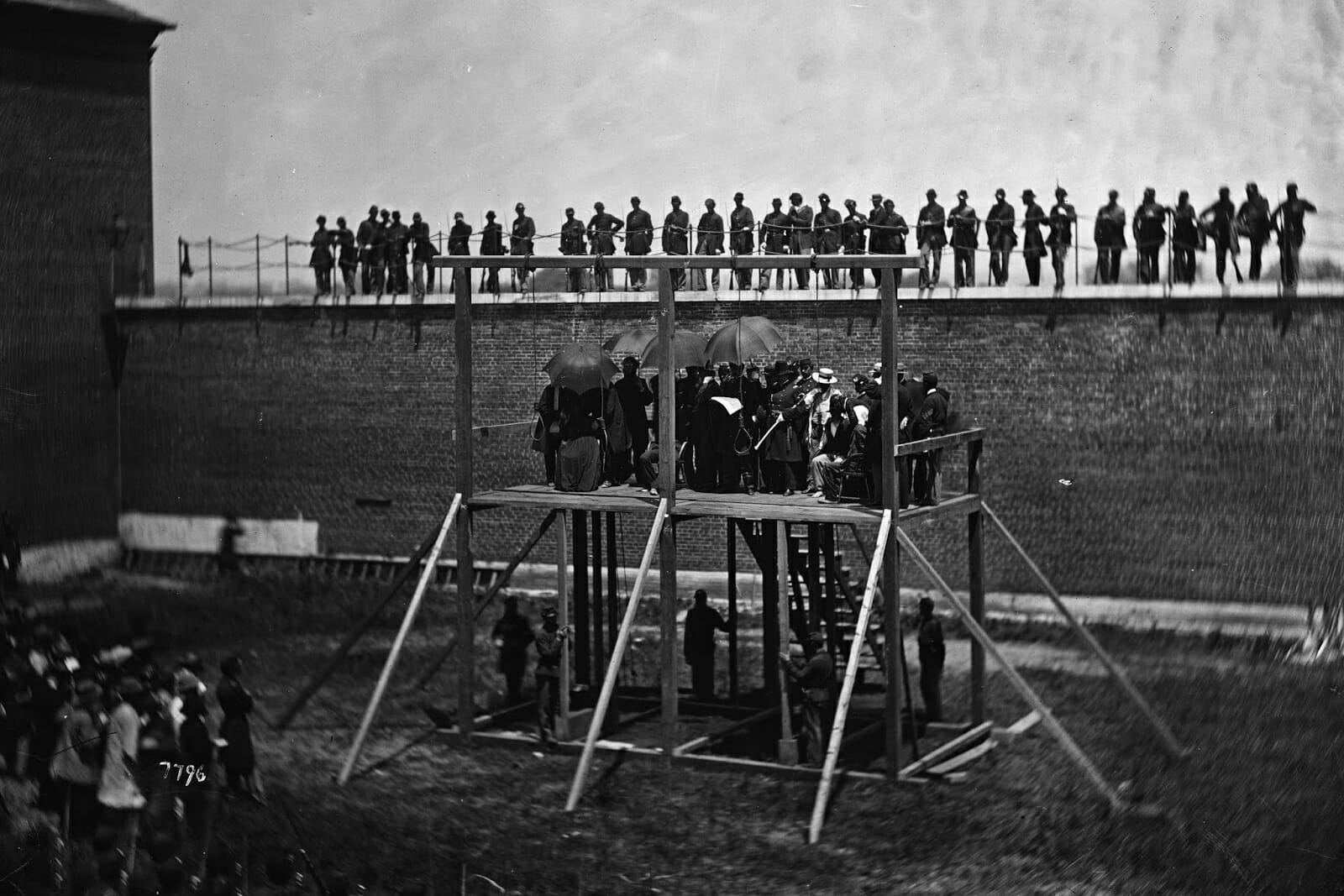
The Mixed Record on Abolishing the Death Penalty
Talk about the death penalty as it is employed by states has been bubbling away of late. The battle against life continues in terms of how states wish to punish those who do not comply with their promulgated order. Transgressors, depending on the perceived severity of the offense, are still up for the chop (or the shot, electric or otherwise). Amnesty International has issued its latest list of bloody reading on the death penalty and which states continue to use it. Disturbing, some countries have decided to renew use in it.
Naturally, the world’s greatest indulger of freedom – the United States – figures alongside one of the deemed rogues of international order – Iran. Extremes meet on the equal plane of policing and punishment. Talk about civilisation and difference on such points is babble. When it comes to treating citizens and guests in a certain way, various governments have form.
The report still strikes a note of optimism, despite its morbid reflection. In 2012, there were 682 executions, two more than 2011. These are less useful than they seem – China’s thousands of new corpses would skew the figures even more, but Beijing is coy enough about them not to release the statistics. Chinese human rights watchdog Dui Hua estimates that the number might be up to 5000, many of whom die for committing financial crimes. (Observers must surely be wondering how many fresh graves would result from that exercise should it be used in the United States.)
With confidence, Brian Evans of Amnesty International’s USA campaign to Abolish the Death Penalty claimed that “In most parts of the world, executions are becoming a thing of the past.”
The list of killer countries was a mere 10, while over 50 countries have abolished the death penalty since 1990. Evans had little reason to be optimistic about certain countries.
One of the world’s great killers in this regard remains Saudi Arabia, which yields tales of brutality and torture in seeking to extract confessions that ultimately lead to execution. Last year, in July, Iran sentenced five men to death for what was claimed to be “enmity against God.” In itself, the accusation is vague, other than to allow the central government leeway over banned organisations. A post-Saddam Iraq remains very enthusiastic about putting people to death, which goes to show that revolutions and wars can be very good for capital punishment.
It is a sad realisation that employing the death sentence has been deemed a necessary measure in certain countries which had been restrained. There is a renewed interest. Japan – which put seven inmates to death last year, Pakistan and India have decided to dabble in the death game. In November 2012, Ajmal Kasab, the last surviving gunman of the 2008 Mumbai attacks, was hanged. This was India’s first state-sanctioned killing since 2004.
Home Minister R.R. Patil claimed that procedural justice was abided by. Special Public Prosecutor Ujjwal Nikam was thrilled that India could show that the conspiracy to attack Indian targets had been fomented on Pakistani soil. He was also quick to reassure all concerned that Pakistan had been kept up to speed about developments.
Evidently, the Indian legal system has been on something of a roll with regards the death penalty. On Friday, the Indian Supreme Court, in refusing to commute the death sentence of Khalistani terrorist Devinder Pal Singh Bhullar, took issue with the idea that the death penalty should retreat into the shadows of state policy. “While there is no abatement in crimes committed due to personal animosity and property disputes, people across the world have suffered on account of new forms of crime.”
In its pontificating, the judges found that “the monster of terrorism” had become tentacle-like in spread, an international menace requiring stern measures. “India is one of the worst victims of internal and external terrorism.” Hundreds had died at the hands of “bullets, bombs and other modern weapons.”
Feeling that it reflected community feeling, the judges expressed the view that they were taking appropriate measures against murders most foul. India, despite debating the possibility of abolishing the death penalty in a bill in 1956 and then again in 1961, had moved on. Human rights was a “bogey” in this case, used by those intent on joining a “bandwagon” in defending people who deserved to be punished. They are by no means the only ones.
Abolitionists have been given a crude spanking by the judicial authorities in India, and find themselves stymied in several countries which have again found killing offenders attractive. This should not discourage the likes of Evans and his colleagues at Amnesty. But it does suggest the complex and desperate nature of the debate, ever at the mercy of populism.

